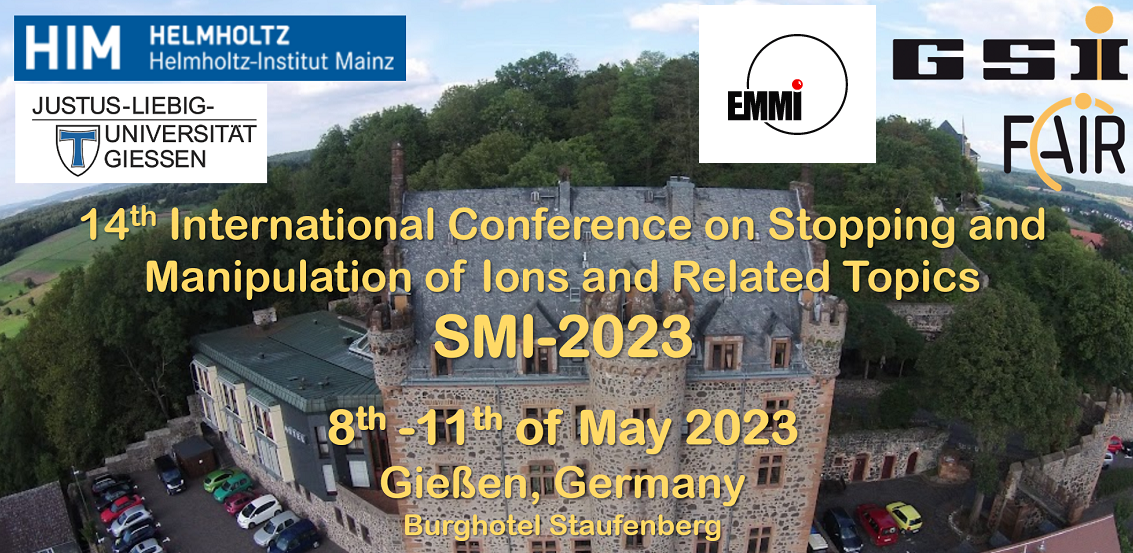Sprecher
Beschreibung
Ion implantation is a well-known and popular method to study the significant modification in electrical, structural, magnetic, and optical properties in insulators and semiconductors to apply in various industrial developments. The Au ion implantation in transition metal oxide (NiO) can produce a different kind of vacancy and substitutional defects in the matrix that can modify the magnetic properties of the materials. In this context, we studied the defect-modulated magnetic anisotropy behavior of 90 nm thick NiO films using ion implantation. The electronic and nuclear energy loss value of 30 KeV Au ion in NiO is 0.37 and 4.80 KeV/cm, calculated from Stopping and Range of Ions in Matter (SRIM). The sputtering yield varies from 12.60 – 4.69 for O and 3.03 to 4.97 for Ni for the ion fluence of $5\times10^{14}$ – $1\times10^{16}$ ions/cm$^2$, respectively, calculated from TRIDYN and SRIM calculation shows that the projected range for 30 KeV Au in NiO is 6 nm. The thickness of the film reduces with ion fluences and has been observed from the dynamic TRIDYN simulation. The damages and vacancy defect states in the matrix are confirmed from photoluminescence spectra. The ion implantation-induced defect influences the crystallite size and affects the saturation magnetization and magneton number. The hysteresis of the M-H loop fitted with the general fit procedure of Kalchidagraph exhibits the ferromagnetic nature of NiO rather than antiferromagnetic behavior. The introduction of intermediate defect states observed from UV-Vis absorption spectra correlates the variation of saturation magnetization of ferromagnetism in NiO. In our case, defect-induced magnetic anisotropy in NiO thin films linearly varies with crystallite size. The tuneable magnetic anisotropy with defects in the NiO matrix may be useful for storage devices, battery cathodes, and gas sensors for technological applications.

